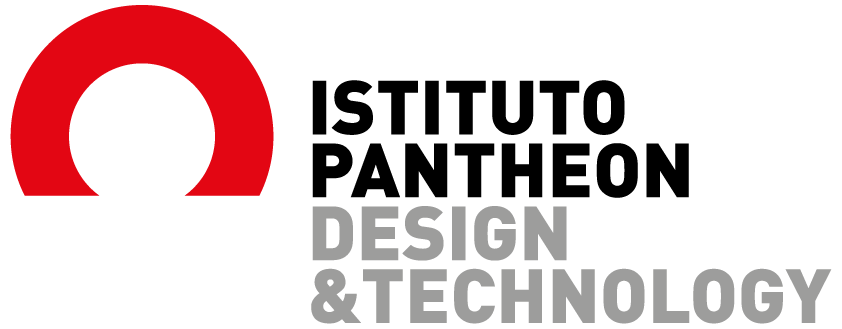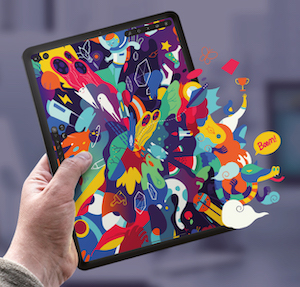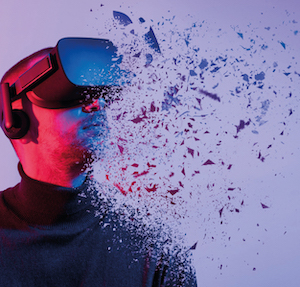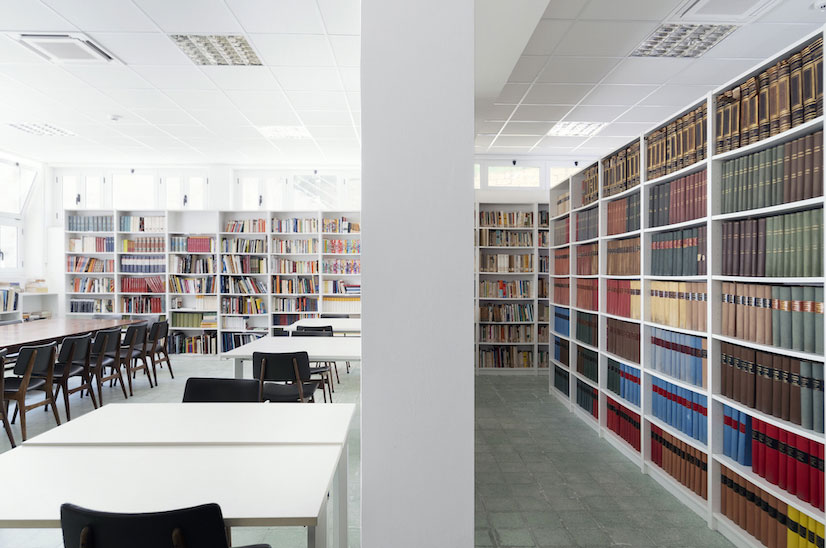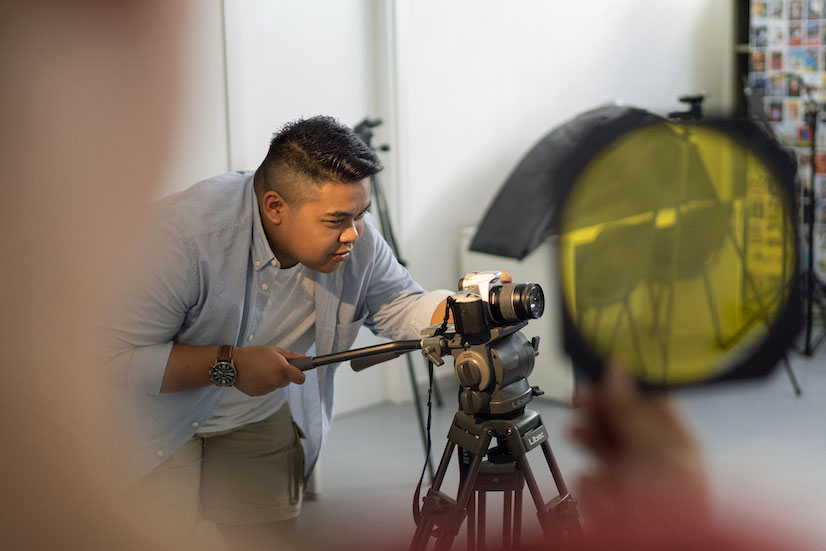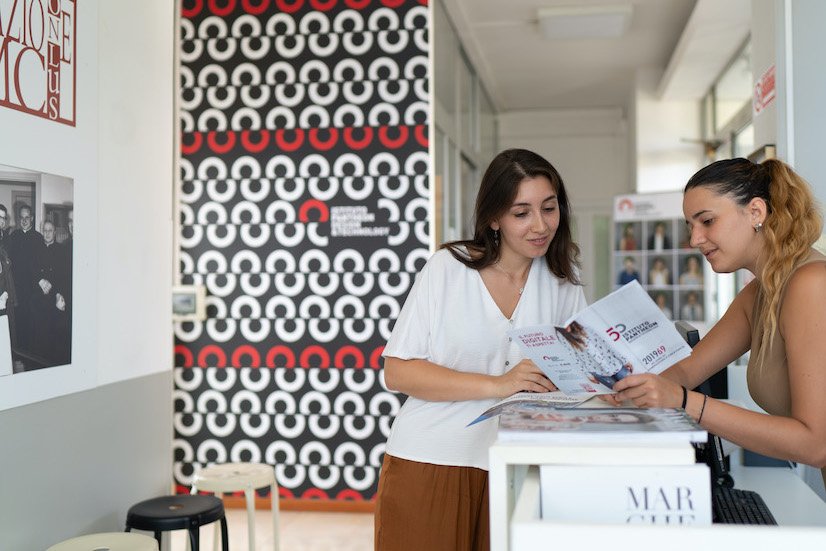our SUMMER PROGRAM
The Summer Program Art & Design in Italy is an intensive course offered by the Pantheon Design & Technology Institute. The program provides participants with a complete immersion experience into the Italian fine arts in Rome, the epicentre of Italian beauty.
Through lectures conducted by leading experts and visits to museums, art galleries, churches, and monuments, students will have the opportunity to discover the Italian fine arts and experience her vast cultural heritage. This rigorous course is based on theoretical lectures, round tables, and practical workshops that allow participants to appreciate the Italian art and cultural heritage throughout history.
CURRICULUM
From July to August, the Summer Program offers a broad and updated summary of the Institute’s know-how, providing students with a vision of the most significant trends in the market and of the most current artistic and social expressions in the fields of Design, Digital Arts and Multimedia, Communications and Italian Culture.
| 2 training levels: basic and advanced
| 3 thematical areas
| Courses in English
After completing each 2-week summer course (45 hours in total), The Pantheon Design & Technology Institute will issue 3 credits to students who wish to transfer credits to their home institution (subject to approval). Those interested could request the study plan from the Pantheon Summer Courses Office at [email protected] and then present it to their home institution to initiate the credit recognition process.
Subscribe
Contact us
Request information
CONTACT US
our INSTITUTE
Offering comprehensive undergraduate and graduate education, the Pantheon Design & Technology Institute is at the core of Rome’s vibrant offer of universities, schools, and institutes. More than 50 years after Pantheon opened, the Institute of Design & Technology still follows the same guiding principles as in 1969, based on respect, excellence, and innovation, which position the school at the forefront of knowledge.
The Pantheon Design & Technology Institute is among the top institutions in Design, Graphic Design, Digital Applications for the Visual Arts, Multimedia Design, Communication and Enhancement of Contemporary Artistic Heritage, and Art Direction. The Institute encourages cross-border cooperation through projects that place education at the center as a tool for training a highly qualified and flexible workforce so they can set the foundations of a resilient and vigorous economy.
The Pantheon Design & Technology Institute aspires to stimulate students at a creative and productive level in the discipline of innovation and digital technology research in a practical way, anticipating the challenges of the job market. The Pantheon Design & Technology Institute collaborates with professionals and prestigious companies in the sector, with the aim of guaranteeing our students an education in line with the job market on both theoretical and design aspects; guaranteeing a job-oriented approach.
Our vision is a training mix that pays attention to the artistic, cultural, and social context to offer a solid preparation and an overarching professional perspective. The Institute is authorized by the Italian Ministry of Education, University and Research – MUR – to issue undergraduate and graduate degrees. The Pantheon Design & Technology Institute also offers academic courses recognised by the People’s Republic of China. The Institute is also authorized by the Region of Lazio (Framework Law n. 845 21/12/78 and Regional Law n.99 18/12/79 and n.23 02/92) to issue professional qualification certificates valid in Italy and the rest of the European Union, according to directive 2005/36/CE.
SUMMER SCHOOL
COMMUNICATION
AND GRAPHIC DESIGN
During the course, students will have the opportunity to simulate a communication campaign for an important company, including visual and graphic communication strategies on social media. The briefing will be conducted by a senior manager who will illustrate the goals of the campaign. Through the “learn-by-doing” method, and thanks to theoretical lessons, visits to companies, museums, exhibitions, and experimental workshops, students will present their communication campaign proposal at the end of the training project.
There will be at least two workshops with corporate representatives, one at the beginning and one at the end of the course, as well as a coaching day working together with the company’s marketing and graphics team. The course will end with a visit to the new large exhibition of the MAXXI Collection “WHAT A WONDERFUL WORLD”: an innovative path that combines important installations by 14 international artists, including key works from the Collection, and others commissioned for the occasion. It also includes a visit to the “JAGO. THE EXHIBITION” show at Palazzo Bonaparte known as “The Social Artist” for his innate communication skills and for the great success he had on social networks. In addition, a full day will be also dedicated to observe and appreciate all the art represented throughout the suggestive streets of the center of Rome with an art tour guide.
01.
BASIC DIGITAL ILLUSTRATION
During this course, students will learn how to create effective vector graphic images which can be used in many different professional and design areas. By focusing on practicing with various tools, students will learn how to create icons, illustrations and logos from simple graphics to basic shapes. The course is aimed both at students without academic training in the specific subject area and at students attending the first year of university studies in Art and Design.
02.
ADVANCED DIGITAL ILLUSTRATION
The course aims to introduce students to the field of motion graphics. By implementing photos, illustrations, text and vector graphics, students will gain knowledge on how to set up a project and how to import creative content into software to develop simple animations. By alternating lectures with practice, students will eventually learn how to create short videos or GIFs. This course is aimed at students with some background in that specific subject area and students who attend or have completed one or two years of undergraduate studies in Art and Design and who are eager to build on this path through a hands-on training experience.
03.
SOCIAL MEDIA MANAGMENT ART AND DESIGN
This intensive course will focus on the tools used in the digital marketing field to manage social network platforms. It will focus on an effective research to collect and analyze the data needed to profile the so-called “people”. Conducting consistent network research will help students build engagement with targeted posts, online content, and hyperlinks, as well as manage the likes, comments, followers, subscriptions, and other viral processes of multiple platforms. This course is aimed at students with no academic training in the specific subject area and students attending undergraduate studies in art and design.
SUMMER SCHOOL
GREEN DESIGN
During the course, students will have the opportunity to carry out a regeneration project through the principles of environmental sustainability. The brief will be provided by the coordinating professor of the course, who will follow the entire design and identify several areas of the municipality of Rome interested in urban redevelopment.
The course will apply the “learn-by-doing” method, as well as theoretical lessons, visits to the requalification areas for all the necessary surveys and design lessons. At the end, students will present their redevelopment proposals to a commission of architects and landscape architects who will evaluate the proposals.
The course is completed by visits to the Ostiense and Pigneto districts, which have been subjected to actions of urban redevelopment that have led them to become two of the coolest areas of the capital. Students will also visit the “BUONE NUOVE” exhibition, as well as the “WOMEN IN ARCHITECTURE” at the Maxxi and the Serra Moresca compound of Villa Torlonia.
01.
BASIC GREEN DESIGN
During this course, topics connected to Ecodesign and the related fields of application will be addressed. The basic principles of circular economy will be presented (eco-design, modularity and versatility, renewable energy, ecosystem approach, recovery of materials). Finally, the issues related to intelligent design will be analyzed: BIOMIMETICS, that is, design inspired by nature and its graphic and design schemes. The course is aimed both at students without academic training in the specific subject area and students attending the first year of university studies in Art and Design.
02.
ADVANCED GREEN DESIGN
The course aims to introduce students to the methodologies used to communicate eco-design. In particular, the issues that will be addressed are related to green design & strategies, understood as plant systems and technologies. A particular focus will be put on Retail, i.e. the methods of applying eco-design in the management and design of commercial activities. This course is aimed at students with some background in that specific subject area and students who attend or have completed one or two years of undergraduate studies in Art and Design, and who are eager to build on this path through a practical training experience.
03.
URBAN REGENERATION
During this intensive course we will focus on urban regeneration: the foundations of urban regeneration, contemporary strategies and processes of transformation of spaces understood as ecology and aesthetics in contemporary urban spaces and furnishing elements. At the same time, outdoor design & sustainability projects, as well as methods of element selection will be taught based on perceptual and maintenance needs. This course is aimed at students with some background in that specific subject area and students who attend or have completed one or two years of undergraduate studies in Art and Design and who are eager to build on this path through a practical training experience.
SUMMER SCHOOL
INTERACTIVE DESIGN
The course covers immersive technologies, in particular, storytelling through Virtual/Augmented Reality. The main techniques for creating VR / AR content will be addressed in the theoretical sessions, which will also be followed by “field missions” and workshop activities in which students will process the collected materials. Students will be able to experiment and deepen some issues (on the basis of input provided in class by the teachers) by also putting into practice the techniques acquired during the course.
In particular, students will be required to create a real immersive experience (through the knowledge of specific software for VR creation), for example through the photogrammetric technique that will be extensively addressed during the course. In particular, students will be required to create a real immersive experience through the knowledge of specific software for VR creation. For example, through the photogrammetric technique taught during the course.
The main techniques for creating VR / AR content will be addressed in the theoretical sessions, which will be followed by “field missions” and workshop activities in which students will process the collected materials. Students will also be asked to create a real immersive experience. The course will end with the Circo Maximo Experience, that is, an immersive guided experience at the Circus Maximus and the Colosseum in virtual reality, using VR glasses.
01.
DIGITAL APPLICATIONS FOR VISUAL ARTS
This course explores all aspects of 360° video production using today’s most important technologies. First, students will examine why modern virtual reality is a new type of tool which is distinct from all previous forms, and will gain an in-depth understanding of the 360° camera by discovering which tools work best in which scenarios. Participants will then identify stories that can be better told through an experience than through other means of communication. Finally, they will have first-hand experience on the complete workflow of a virtual reality project, including concept development, choice of technology, pre-production and 360 ° video shooting, followed by post-production editing processes, stitching, finalization and publication of 360 ° videos. The course is aimed at students without academic training in the specific subject area and students attending the first year of university studies in Art and Design. During the course, students will be able to create a video art project, and learn the principles of video pre- and post-production, sound design, storytelling, editing, etc. All aspects of a video art project will be analyzed from diverse points of view: the students will produce an introductory teaser, based on inputs that will be provided by the teachers. The approach will be oriented to provide a theoretical basis for each concept, and then put into practice the skills acquired according to the principles of the “learn-by-doing” method. The aim of the course is to get to know the world of video art, independently manage creative processes, be familiar with technical languages, and acquire technical knowledge and get in contact with the professionals involved in the creation process.
02.
ADVANCED DIGITAL APPLICATIONS FOR VISUAL ARTS
The intensive course analyzes in depth the potential of Unity 2019. Analysis of components and role of programming and scripts Editor: overview of the interface with its characteristics Elements to make up the scene and main components Unity and C # language In-depth study of the C # language for Unity (the types of variables and data structures, the control structures, classes, the OO paradigm, inheritance, delegates and events). Elements of the scene and main components, GameObject and Component Build Settings for Android platform The platforms for VR and AR. Programming of the Vuforia system for the management of VR and AR. Vuforia set up for Unity In-depth study of the features of the Vuforia Engine for augmented reality. Developing examples of using Vuforia for image recognition (Image Targets) Target Manager settings (local or cloud) Target types (Image, Cuboid, Cylinder, 3D Object) The course is aimed at students without academic training in the specific subject area and students attending the first year of university studies in Art and Design.
